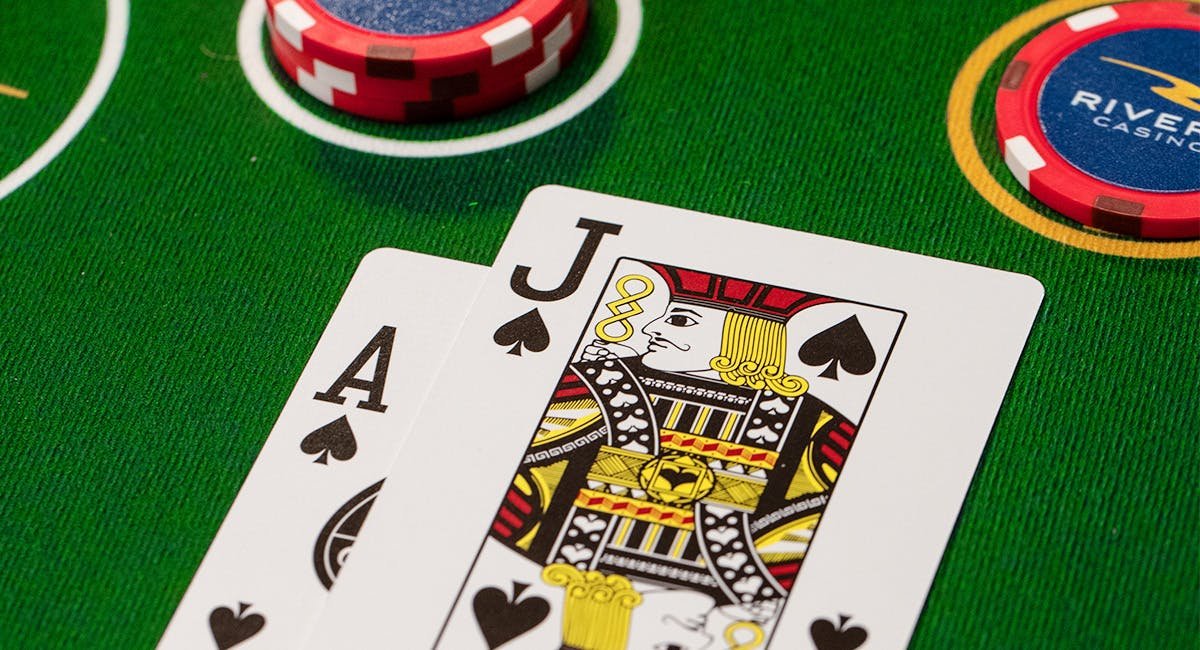
Originating in 17th-century France as "Vingt-et-Un," blackjack gradually spread across Europe and America, adapting to new rules and strategies
Blackjack, one of the world’s most beloved card games, has a fascinating history that dates back to 17th-century France. Over centuries, it has evolved from a noble pastime to a globally recognized casino staple, eventually making its way into the digital realm.
The roots of blackjack can be traced back to the French game Vingt-et-Un (Twenty-One), which emerged in the 1600s. This game was popular in the royal courts of King Louis XIV, where players aimed to reach 21 without exceeding it.
When French colonists brought the game to North America, it underwent significant changes. To attract more players, casinos introduced special payouts for specific hands, including the “blackjack” – an Ace of Spades paired with a black Jack.
 Photo By Google Images
Photo By Google ImagesThe introduction of online casinos in the 1990s revolutionized blackjack. Today, players can enjoy live dealer games, mobile blackjack apps, and AI-powered strategy guides, making the game more accessible than ever before.
With the advent of technology, the landscape of blackjack has transformed significantly. Online platforms have not only broadened the reach of the game but have also introduced innovative features that enhance the gaming experience. Virtual reality (VR) and augmented reality (AR) are starting to make their way into the world of online blackjack, providing an immersive experience that mimics the thrill of a real casino. These technological advancements continue to attract a diverse audience, from seasoned players to new enthusiasts, further solidifying blackjack's popularity in the digital age.
In conclusion, the evolution of blackjack through online platforms and technology has opened up new opportunities for both players and developers. As technology continues to advance, we can expect even more exciting developments in the world of blackjack, ensuring it remains a beloved and dynamic game for years to come.